Tesla
‘s highest-level autonomous driving software, called Full Self Driving or FSD, generates strong opinions.
Tesla
CEO Elon Musk believes it is the key to trillions in value creation. Detractors call it “vaporware” and dangerous. Barron’s had to see for ourselves.
So this reporter has been driving a 2023 Tesla Model 3 equipped with version 11.3.6 of Tesla’s FSD software for more than a month, traveling more than 1,000 miles with the system engaged.
Bottom line? It’s impressive, but the car has a personality. It drives like a mash of a teenager with a learner’s permit and an octogenarian, like the reporter’s father, who doesn’t mind caution no matter how everyone else is driving around him.
The Basics
Tesla’s AutoPilot driver assistance software comes standard on Tesla vehicles. Enhanced AutoPilot can be had for $6,000. FSD can be purchased for $12,000, or for $199 a month.
Barron’s opted for the $199 plan. (Expensing $12,000 wouldn’t go over well.) FSD takes a little getting used to. The system is activated with a couple of clicks of the wheel-mounted shifter. Then comes an Intel-like ding and blue line on the center display screen, indicating FSD is active.
Hands are required to stay on the wheel. Yes, we took our hands off, and the system had a reminder every minute or so telling us to touch the wheel. Failing to do so shuts the system off. Tesla also has a cabin camera. If a driver is on their phone, there is a separate warning to pay attention.
We ignored all warnings on one trip, intentionally, and the car pulled over and scolded us: A few more times like that and no more FSD.
That seems fair and shows some of the perils of advanced driver systems. Drivers can act irresponsibly even if they are told, repeatedly, not to. It’s a reason why evaluating FSD software, and the entire experience, requires some nuance. Many things can be true at once, such as the product is wildly impressive and not ready for prime time.
The Good
The best part about FSD is that it works most of the time in most situations. It makes life easier and driving safer, as long as the human driver is ready to take over.
Tracking FSD is its own interesting exercise. We found most drives are only a couple of miles. Running errands or kids around. Then there are longer trips to either Grandma’s or an event. That’s probably the pattern from most people.
The Model 3 completed most drives with one or two interventions at most. An early commute to the train? Never touched the wheel until hitting the parking lot.
Interventions refer to the human taking over to avoid an issue or give the car a nudge when it is unsure how to proceed. Highway driving was lovely. Going from exit to exit on an interstate was much less stressful and the car often reacted faster than a human driver to slowing traffic or speed limit changes.
The Bad
There are still plenty of things the car doesn’t do perfectly. That’s the teenage driver part of the system. Wide intersections, offset stop signs, blind corners, potholes, unpainted speed bumps, road construction, double-parked utility trucks, flashing yellow lights, advance green lights for left turns, heavy fog, getting cut off by another driver, and other situations give the system trouble. Nothing disastrous happened, but like a new teenage driver, a licensed adult needs to be there to manage all the little things that can come up on the course of drives people make every day, over and over again.
Our Model 3, for instance, hates one offset four-way stop shaped, ironically, a little like the X logo on what was formerly Twitter. If the car could talk it might have said “what do I do here.”
In a way it did and we answered. Tesla calls the FSD software a “beta” version. When the car has trouble and FSD is disengaged, Tesla asks for feedback. We told Tesla what just happened with voice-recorded notes.
The Ugly
The worst bits of the experience were other drivers. The Model 3 comes to a complete stop, at the white line, back from the intersection, and creeps forward, at every single stop sign, every single time. This is simply not the norm and frequently irritates other drivers. There were honks. The car was passed, on the other side of the road, twice by commuters overly eager to get home, perhaps to start dinner.
Then there was a black plastic bedliner from a small
Nissan
pickup that literally flew out of a truck and onto an interstate highway. That required an intervention. We didn’t wait to see what FSD would do with that.
The Stock
As great as FSD is, it isn’t perfect. Robotaxi service in vehicles with no steering wheels, pedals, or drivers feels a long way off. That’s the kind of business that ARK Invest’s Cathie Wood projects will earn Tesla $155 billion a year in earnings before interest, taxes, depreciation, and amortization, or Ebitda, by 2027. Wall Street projects a total Tesla 2024 Ebitda of $23 billion.
Wood’s number feels almost impossible, but Tesla’s Musk believes that exponential gains in computing power, the AI effect, make it, at least, possible. Morgan Stanley analyst Adam Jonas recently wrote that FSD software gets good at a driving task after being shown a situation a million times. More and faster computers mean the system will see more situations learned and things getting better, quickly.
Achieving robotaxi status would be big for Tesla stock. Imagine fleets of Teslas being operated by Tesla or other parties, taking taxi-like revenue around the globe every day.
If robotaxis don’t arrive by the end of the decade, investors are left with the leading EV company with very useful driver assistance software. That isn’t nothing, but bulls and bears debate if it is worth Tesla’s current market capitalization of some $767 billion.
It’s hard to know. One thing is certain, all investors should pay attention to FSD. BofA Securities analyst John Murphy tells Barron’s that autonomous driving has the power to change the car business even more than EVs. Lots of time, after all, is wasted in cars, getting to where people want to go.
Coming into Monday trading, Tesla stock is up about 99% year to date, while the
S&P 500
and
Nasdaq Composite
are up about 13% and 26%, respectively. Shares, however, are also down about 41% from their record intraday high of more than $414, reached in November 2021.
Write to Al Root at [email protected]
Read the full article here







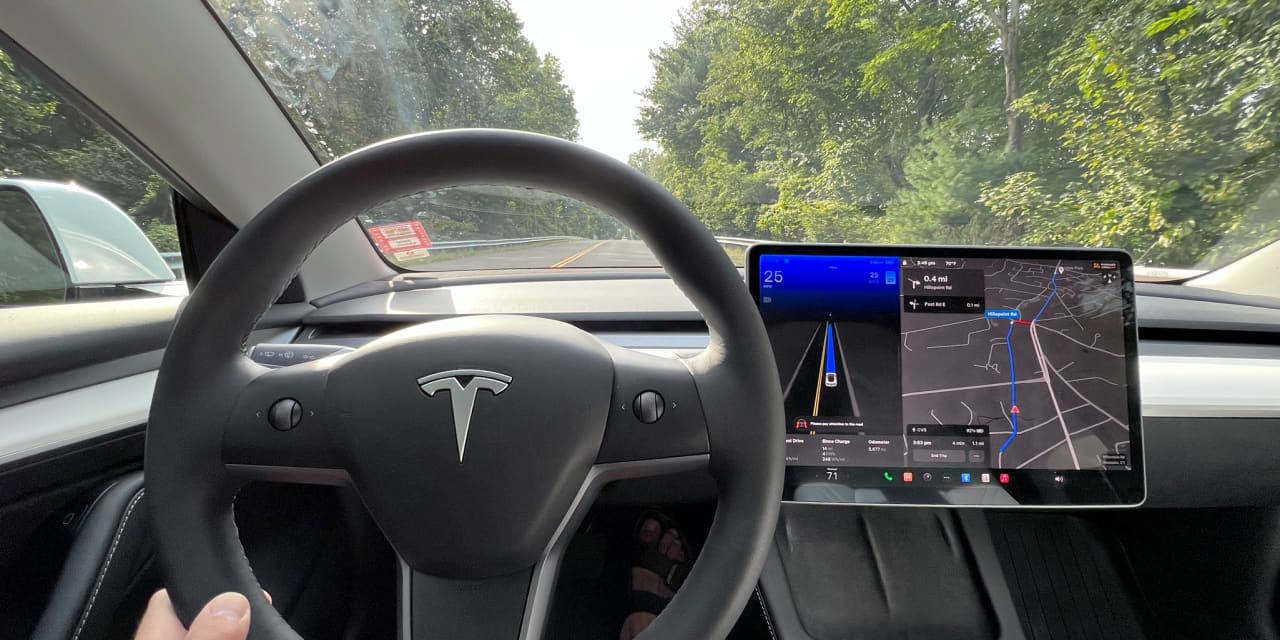

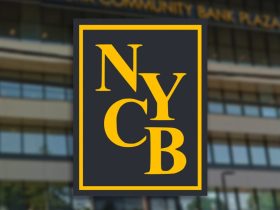
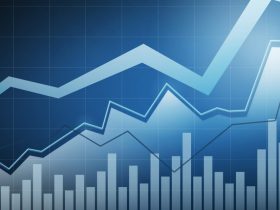
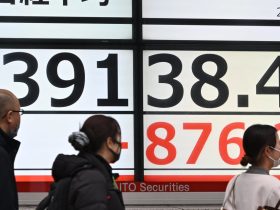
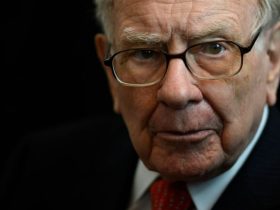
Leave a Reply